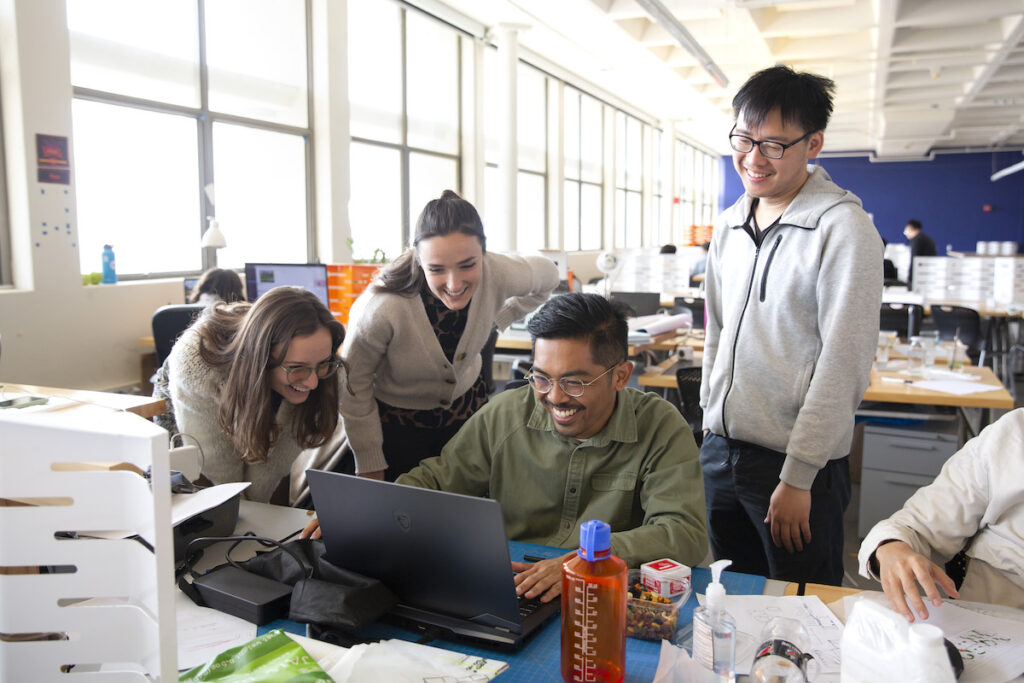Community + Values

Commitment to Diversity
The College of Environmental Design is committed to building an inclusive environment for our faculty, students and staff that respects and reflects the diverse communities in which we live and work. We use design, research and teaching as drivers of change toward equitable futures.
Our focus is to engage faculty and students in the critical examination of the intersection of race and ethnicity, gender and sexual orientation, power and privilege, poverty and inequality, restorative justice, and other aspects of human identity and relations within the built environment. Our faculty and students create opportunities for action and the implementation of theory into practice.
Whether you plan to be a scholar or work in the environmental design professions, we welcome you to join our community!
The principles of community for the University of California Berkeley are rooted in a mission of teaching, research, and public service. For more information, visit UC Berkeley’s Division of Equity, Inclusion & Diversity and Berkeley’s strategic plan for Excellence Equity and Inclusion.
Principles of Community
- We prioritize safe and respectful environments.
- We honor and support diverse perspectives.
- We welcome all.
- We are optimistic and committed to change.
Values
Act Locally
Global issues, whether climatic or socioeconomic inequities, must be addressed at the local level. Environmental design respects local differences, responding to universal challenges based on the distinct communities, climates, and cultures of each place. By emphasizing locality, we respect the practices of places.
Everything Is Connected
It is the interconnectedness of environmental systems — geologic, geographic, water, energy, social, and economic — that binds our buildings and neighborhoods, cities, and their regions. We believe design bridges environmental levels, linking watersheds to gutters and infrastructures to buildings.
Stewarding Our Resources
Thinking about the materials of the built environment requires thinking about the relationships among products, buildings, lifecycles, and material flows. In both craft and fabrication, we support the sustainable uses of materials, seek material alternatives, and consider material lifecycles and the repurposing of all resources within the entirety of the built environment. We are finding ways to make net zero buildings and neighborhoods the norm.
Complexity requires multidisciplinary solutions
Avoiding catastrophe requires multipronged, cross-disciplinary approaches. Our college is founded in the joining of the departments of architecture, landscape architecture and environmental planning, and city and regional planning that empower us to envision different ways of living in the world. We are committed to providing interdisciplinary opportunities in which design and research innovation thrives.